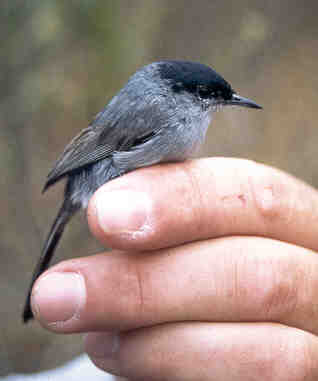
Effects of Helicopter Noise on California Gnatcatchers
 Our laboratory conducted a five‐year study on the potential effects of helicopter noise on the reproductive success of the coastal California gnatcatcher (Polioptila californica californica) on Marine Corps Air Station Miramar (MCAS Miramar) in Southern California. Seven‐hundred twenty‐one nests were monitored for reproductive success, predation, noise levels, and habitat quality. An array of Larson‐Davis sound level meters was used to monitor habitat on MCAS Miramar for a total of 6,176 days during 620 runs at 328 locations. Most sites were exposed to noise in excess of 60 dBA SPL for less than 5% of the monitoring period, but some nests experienced levels in excess of 70 dBA for more than 20% of the time. Statistical models of nest success, nest site selection, and number of fledges per pair showed that the factors best predicting reproductive success were measures of suitable nesting habitat, not noise levels. Helicopter and other noise sources did not affect the reproductive success of gnatcatchers. [Supported by the Marine Corps Air Bases Western Area and the Naval Facilities Engineering Command, SW.] © 2007 Acoustical Society of America.
Our laboratory conducted a five‐year study on the potential effects of helicopter noise on the reproductive success of the coastal California gnatcatcher (Polioptila californica californica) on Marine Corps Air Station Miramar (MCAS Miramar) in Southern California. Seven‐hundred twenty‐one nests were monitored for reproductive success, predation, noise levels, and habitat quality. An array of Larson‐Davis sound level meters was used to monitor habitat on MCAS Miramar for a total of 6,176 days during 620 runs at 328 locations. Most sites were exposed to noise in excess of 60 dBA SPL for less than 5% of the monitoring period, but some nests experienced levels in excess of 70 dBA for more than 20% of the time. Statistical models of nest success, nest site selection, and number of fledges per pair showed that the factors best predicting reproductive success were measures of suitable nesting habitat, not noise levels. Helicopter and other noise sources did not affect the reproductive success of gnatcatchers. [Supported by the Marine Corps Air Bases Western Area and the Naval Facilities Engineering Command, SW.] © 2007 Acoustical Society of America.
Related Publication:

